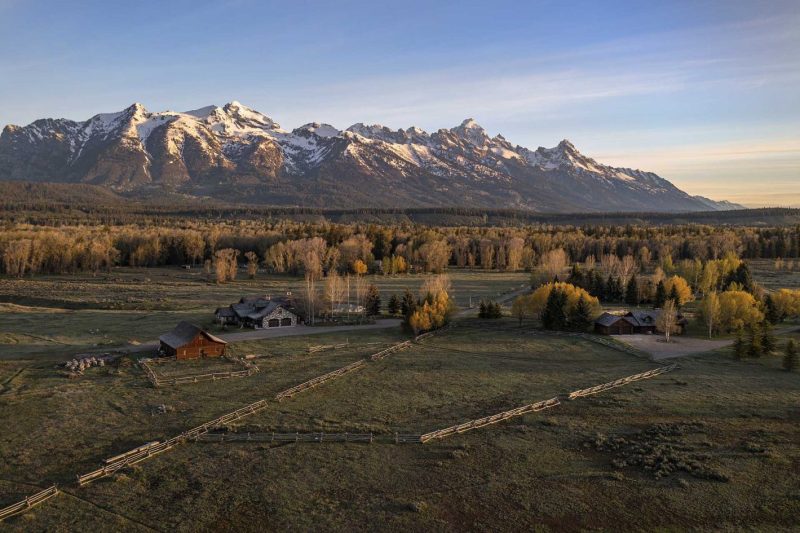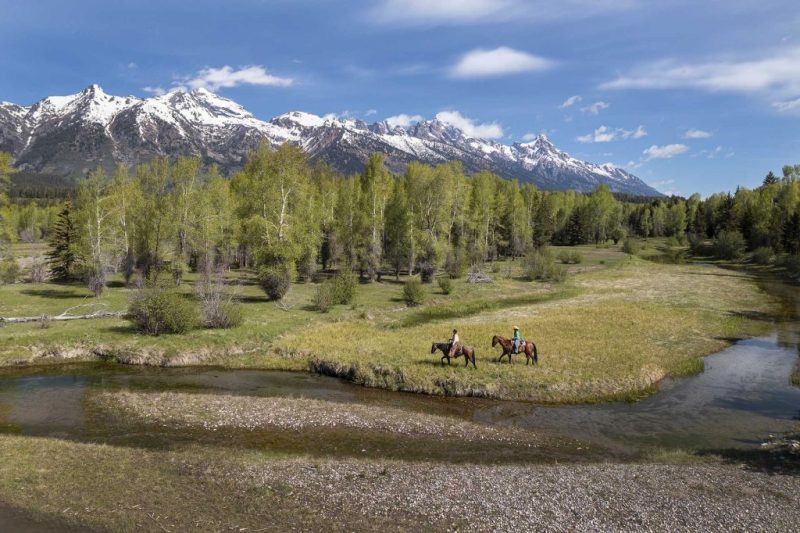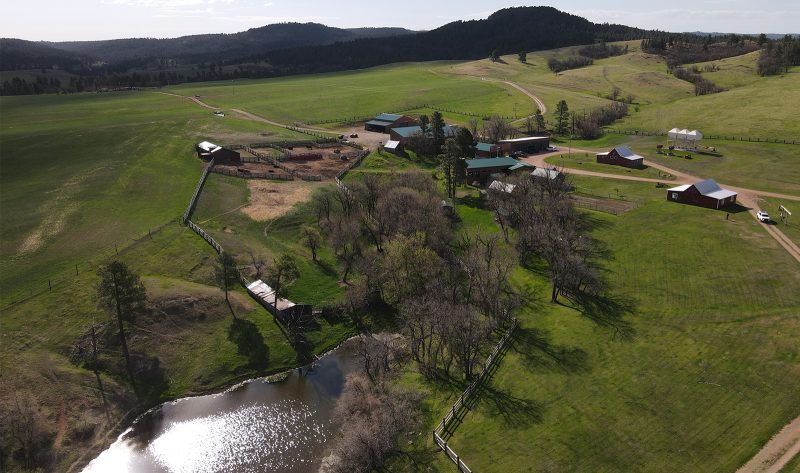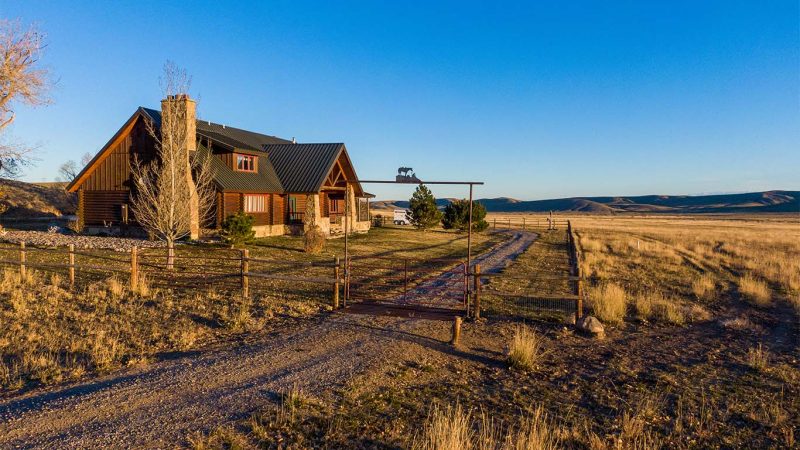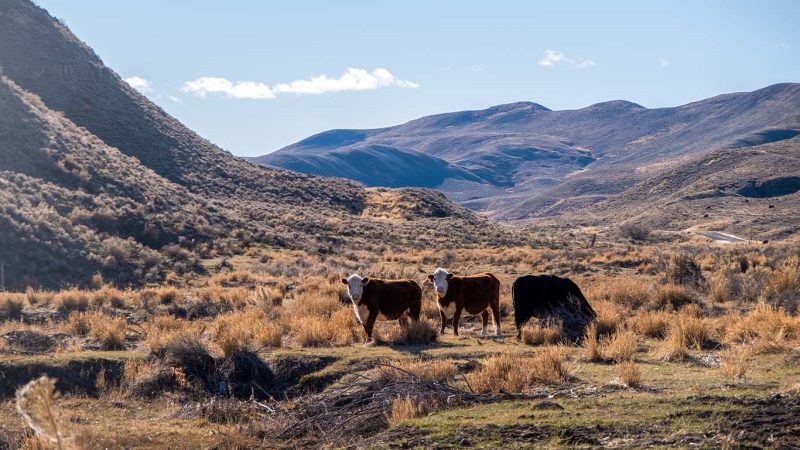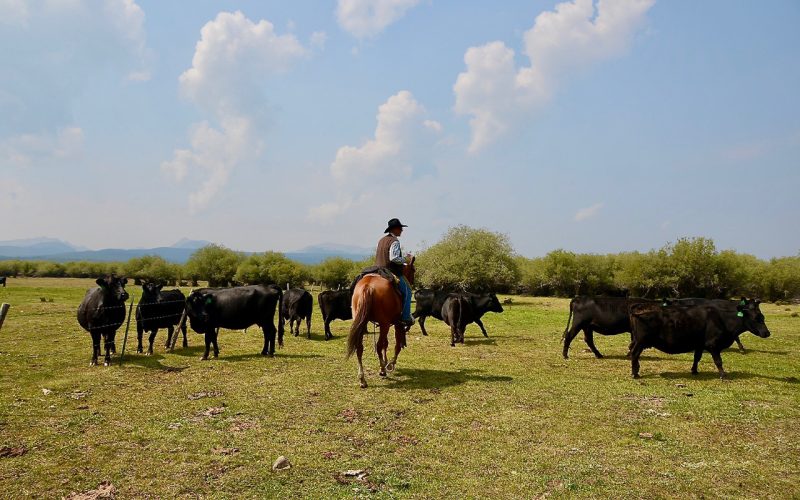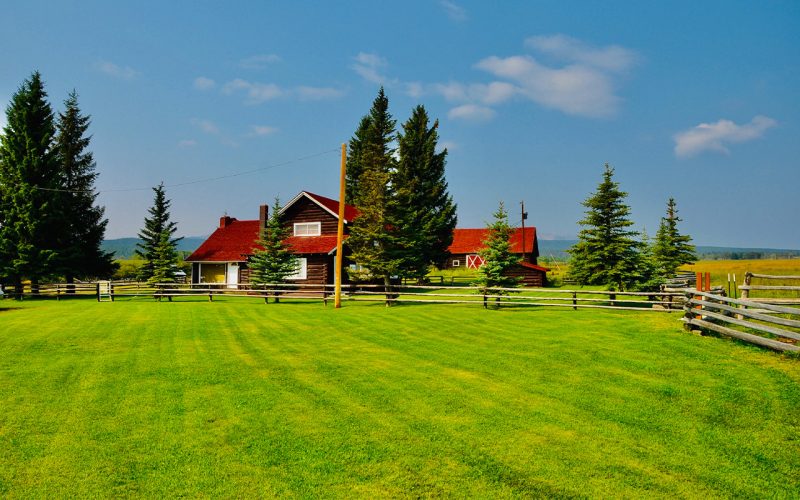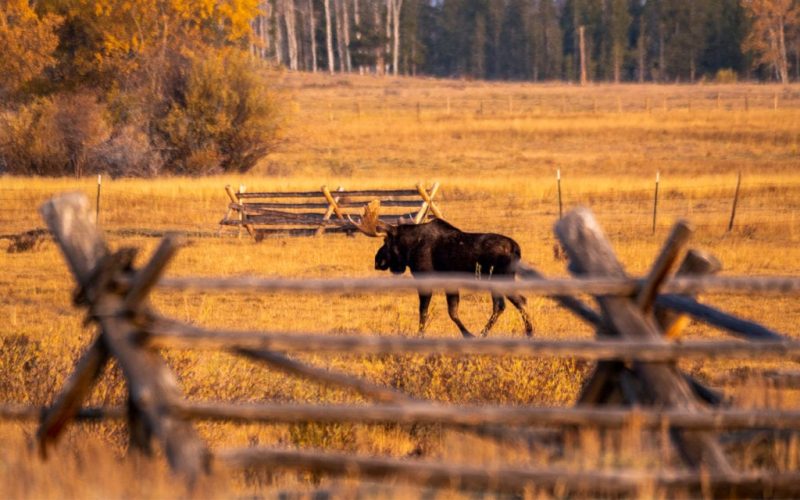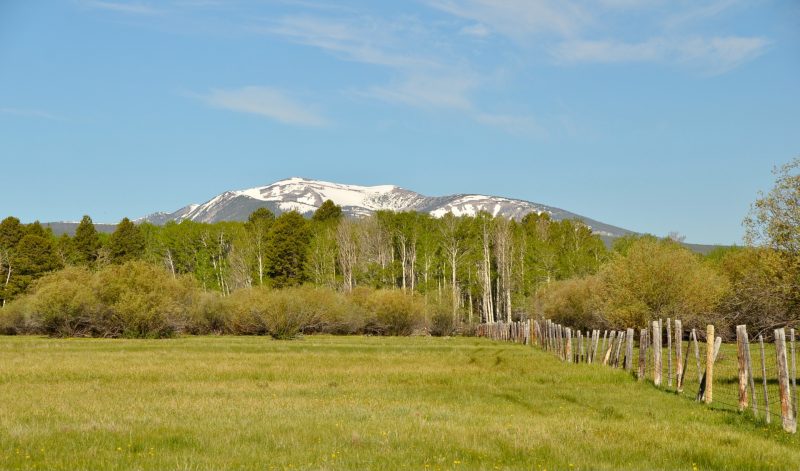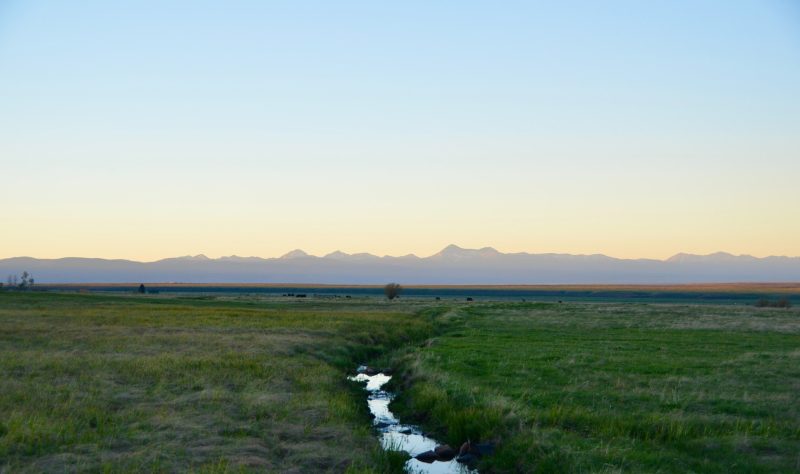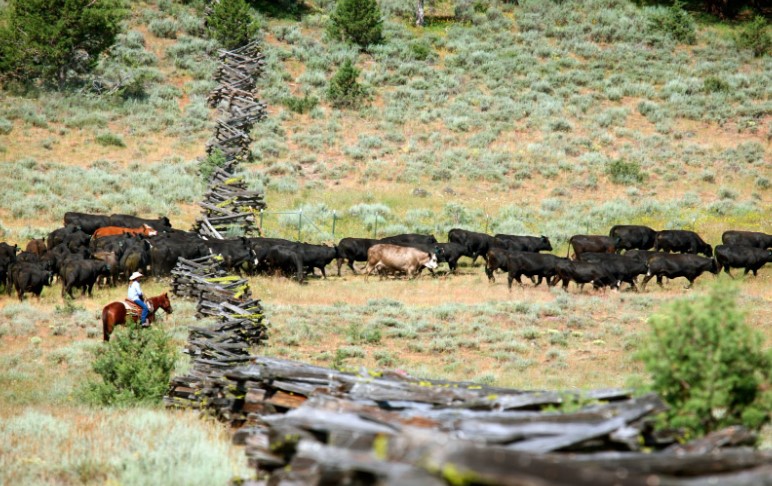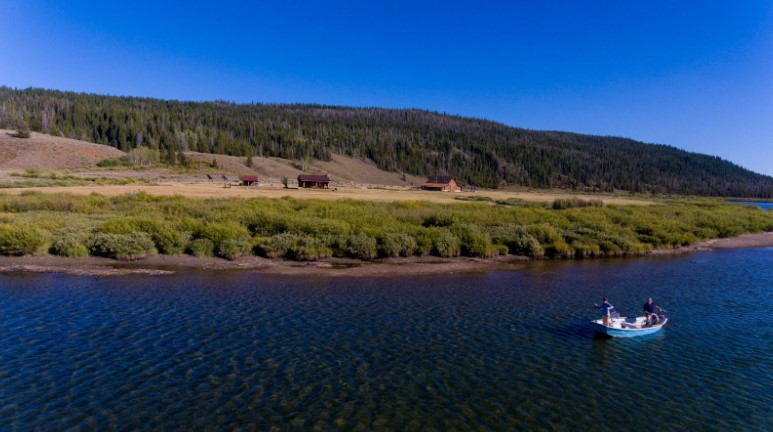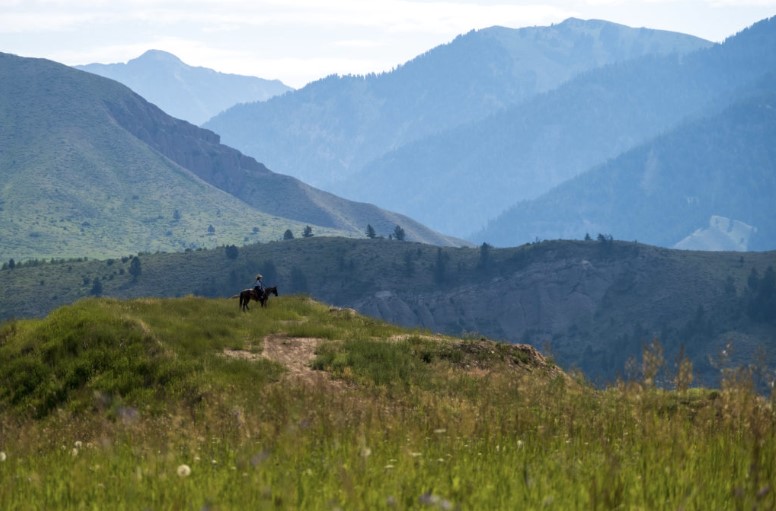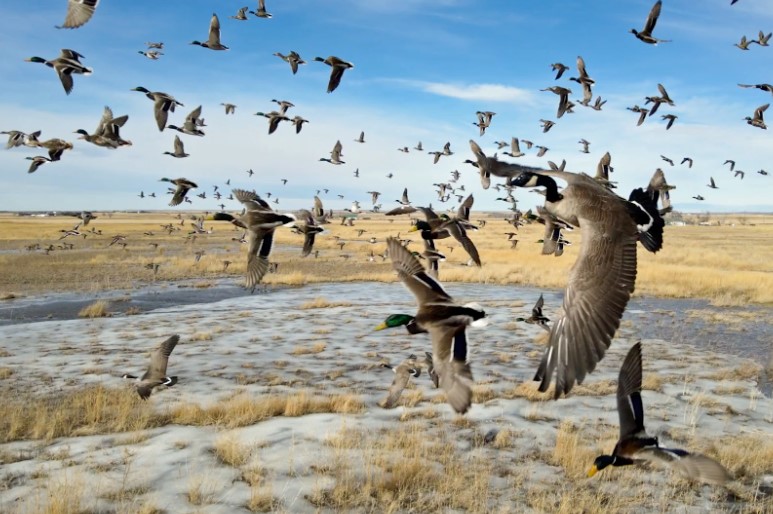Located 70 miles north of San Antonio and 78 miles west of Austin, Fredericksburg, TX is an idyllic town in the heart of the Texas Hill Country. Though most travel by car or commute from one of the major airports, the Gillespie County Airport is a few miles outside of town for those flying privately. With 1.2 million visitors a year, the town is bustling with tourists tasting Texas wines, exploring vast ranches, and discovering the slow pace of life available just outside the city.
If you haven’t been convinced to make the trek, we spoke to Mark Harman, our Texas Broker, to get his 10 things to love about Fredericksburg, Texas.
Mark Harman is experienced with all Fredericksburg has to offer. He supports his love for the outdoors as a member of the Coastal Conservation Association Texas, Pheasants Forever & Quail Forever, Ducks Unlimited, and Texas Dove Hunters Association. He is also a member of the National Sporting Clays Association. Thus, he is an avid bird hunter.
What drew Mark to Fredericksburg? He and Pam were living north of Dallas in 2007. They were thinking of downsizing since their children had become young adults. They toyed with leaving North Texas, and the “itch” had become trips to visit his dad on a ranch in Fredericksburg. Quietly, Mark and Pam both decided that “nothing ventured, nothing gained” was their new mantra, and in January 2008, Fredericksburg was it, their new home.
Here is Mark’s list of 10 things to love about Fredericksburg, Texas, after calling it home for 13 years.
- Enchanted Rock State Natural Area – Enjoy hill country views from this massive pink granite dome. Whether you hike to the top, around the base of the rock, or climb in the crevices, there is something for every adventure-seeker to enjoy.
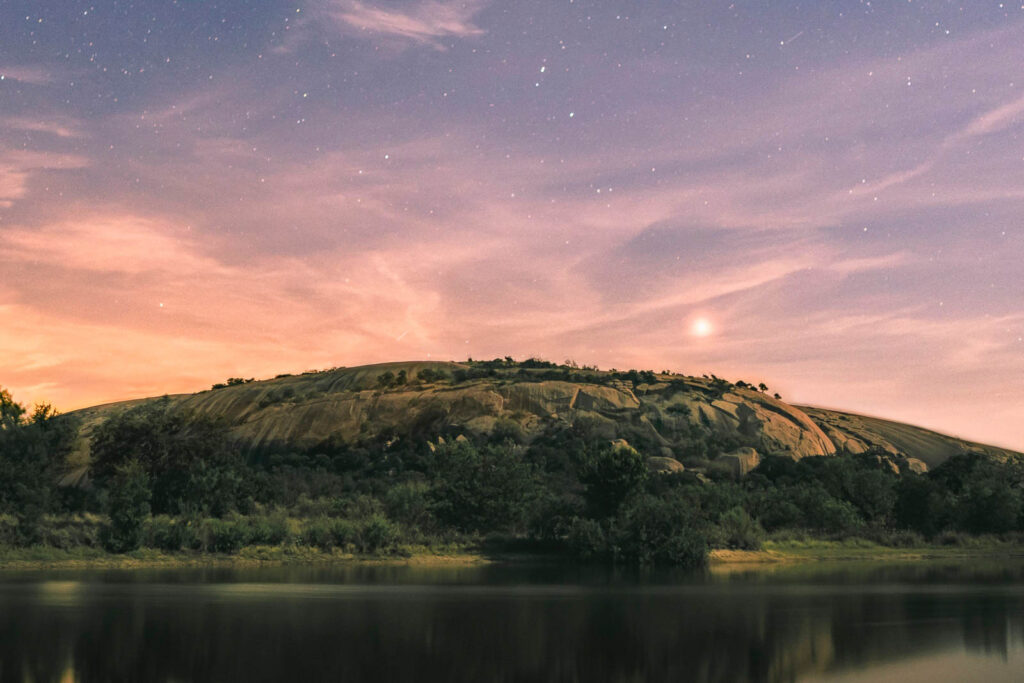
- Wineries – Affectionately named “the Napa of the south,” Fredericksburg is home to over 45 wineries and vineyards. The hilly terrain, limestone soil, and sunny conditions provide ideal growing conditions for stubborn grapes. Favorites include Southold Farm + Cellar, Ab Astris, and Slate Theory.0
- Museums – Escape the Texas heat by visiting the National Museum of the Pacific War. Dedicated to all those who served in the Pacific War, the historic building is now a premier museum about World War II’s Pacific Theater. In 2020, it was recognized as the fifth-best history museum in the United States by USA Today readers. If traveling with children, the Pioneer Museum is a must-see. Walk around the 3.5-acre grounds and explore the historic homesteads and buildings donated by founding families of Gillespie County like a one-room schoolhouse, log cabin, Sunday house, bathhouse, barn, and smokehouse.

- Wildflowers – The Texas hill country boasts fields of flowers in the springtime! Some of the best wildflowers can be seen at Wildseed Farms – a tasting room and flower farm located off Highway 290. Or take a car ride along Willow City Loop to see the flowers in their natural element. For those looking for a more hands-on experience, book a tour and pick your own flowers at Windmill Meadow Farms.
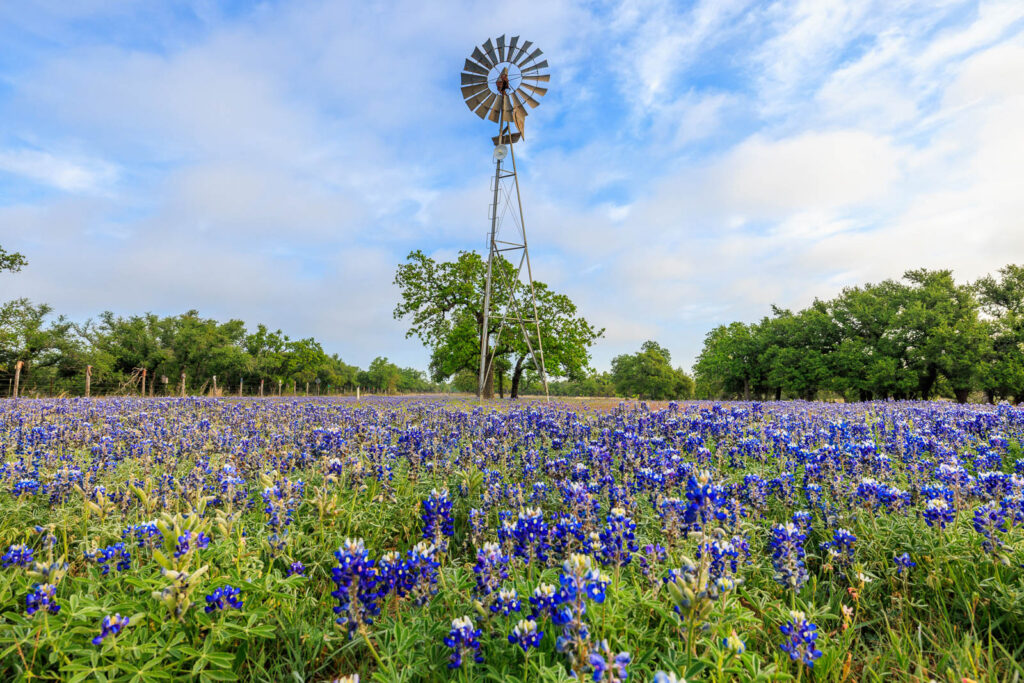
- Farmers Market In the spring, summer, and fall farmers and growers gather in the historic Marktplatz to sell their crop. The Fredericksburg Farmers Market is open from 4 pm. to 6 pm. on Thursdays. Enjoy fresh produce, local pizza, and wine on the lawn at the park.
- Roam Ranch Texas bison graze the vast fields at this regenerative farm in Fredericksburg. Roam Ranch offers events throughout the year like guided hunts, ranch tours, and harvests. Connect with the food you eat by experiencing this one-of-a-kind farm just outside of town.
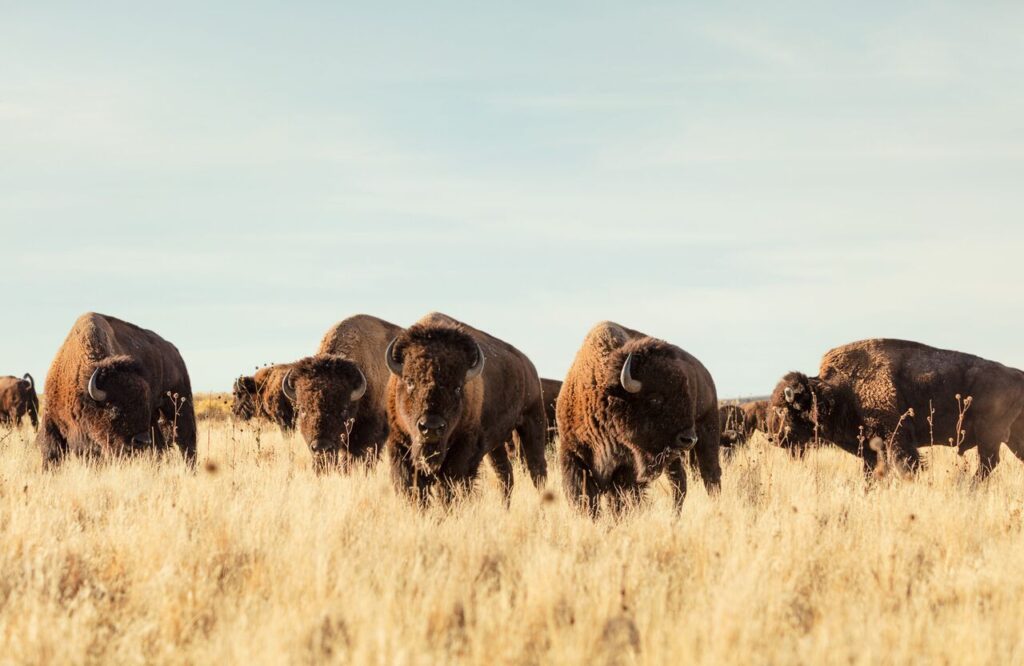
Photo from RoamRanch.com - Historic Charm Hallmark movies come to life during the holidays in Fredericksburg. Each season brings a new parade down Main Street like Christmas, Fourth of July, and the Gillespie County Fair. Bring your folding chairs and grab a coffee or drink from one of the tasting rooms on Main Street and enjoy the small-town charm.
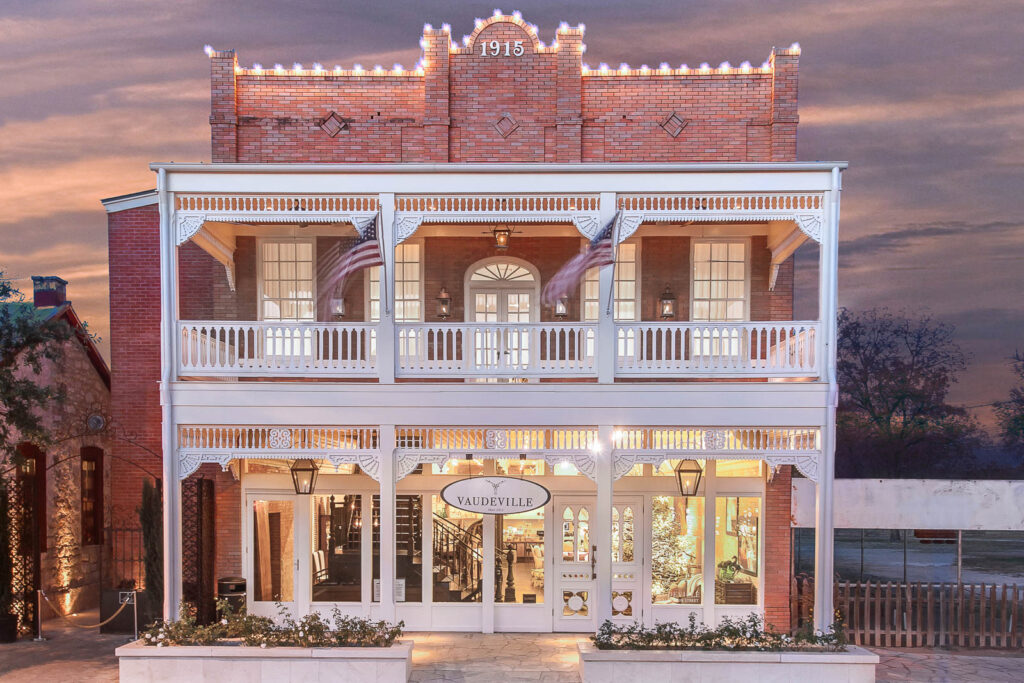
Photo from vaudeville-living.com/ - Local dives No small-town experience is complete without a visit to a local dive. Luckenbach, Texas is known for its post office and dance hall. Visit on a weekend and see live country music in this historic German settlement.
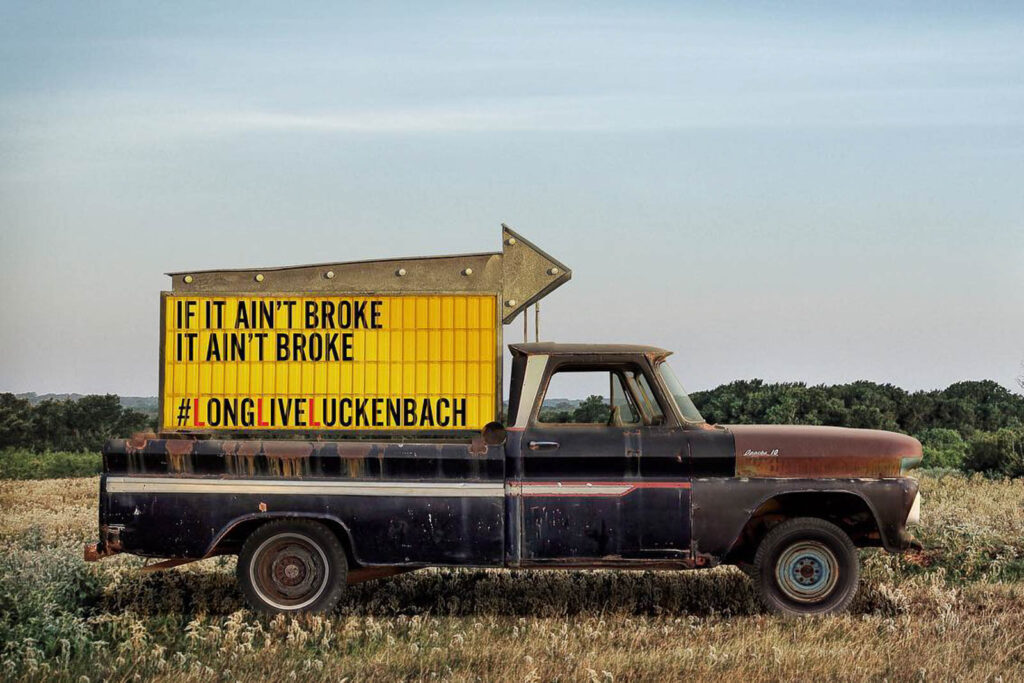
Photo from @LuchenbackTx - Lady Bird Johnson Park The local municipal park offers golf, hiking trails, tennis courts, and a public pool. Reserve a pavilion to host a group for the day or just enjoy nature for a couple of hours.
- Peaches Fredericksburg is known for two things: wine and peaches. During peach season, drive down any major highway and see dozens of farmstands selling peaches. Snag a bag of the juicy fruit or opt for homemade peach ice cream or cobbler, and enjoy the sweetest peach you’ve ever had.
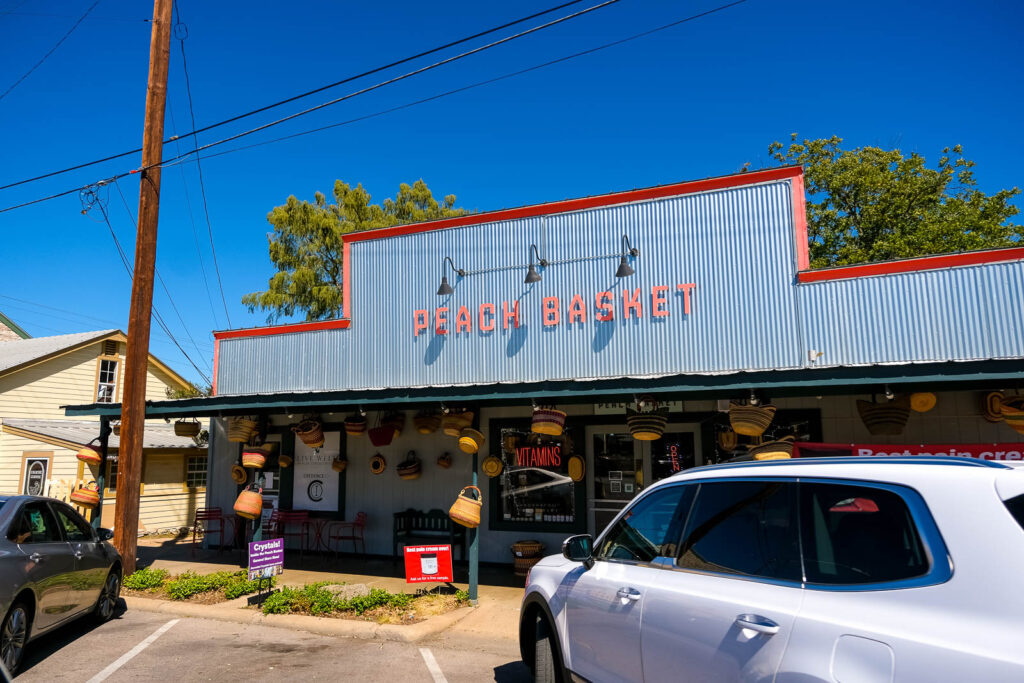
With so many adventures to explore, Mark is available nearly 24-7 to explain all of these extra gems in and around Fredericksburg. His email is Mark@livewaterproperties.com and his cell is (214) 733-4239. Ranches for sale in Fredericksburg and the Hill Country of Texas will elevate your quality of life. Please reach out to Mark today.



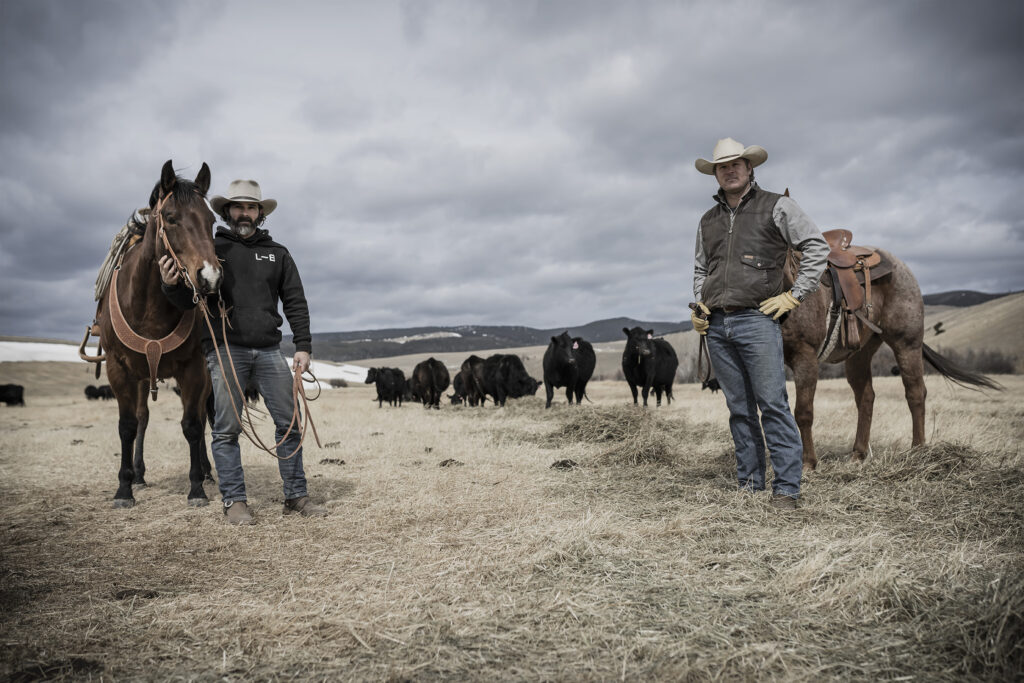
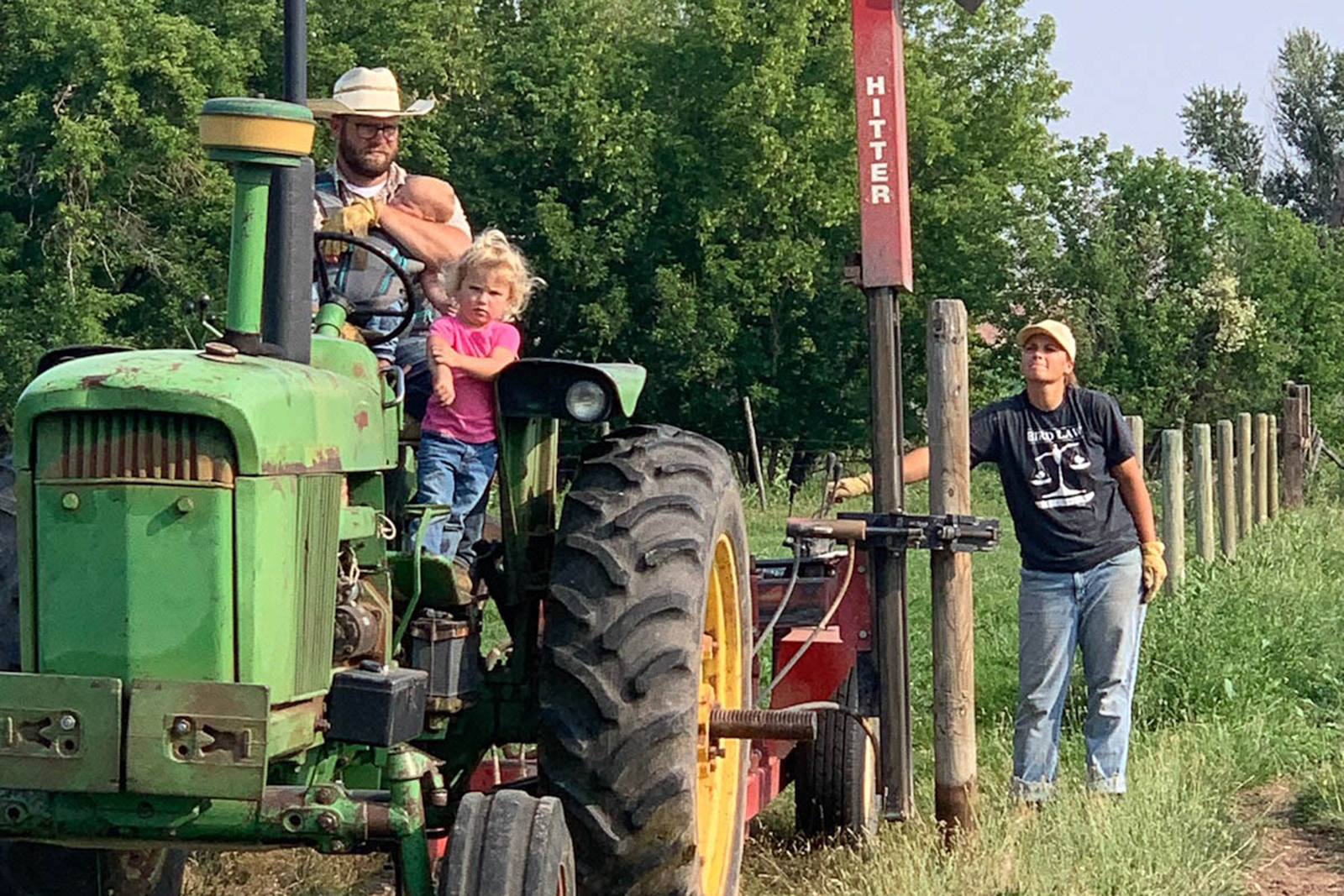
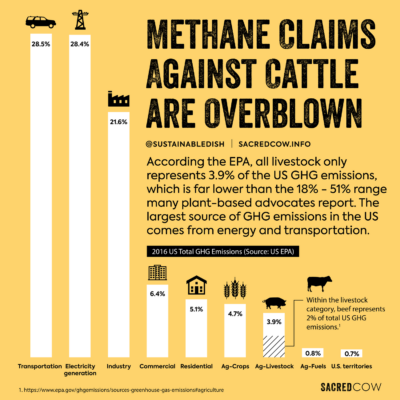
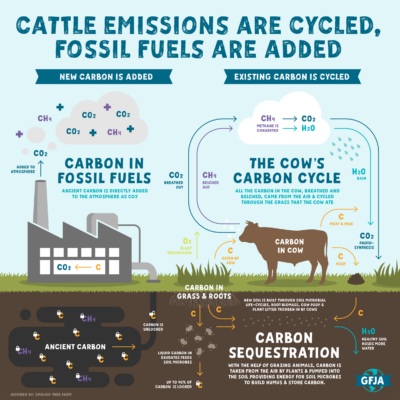
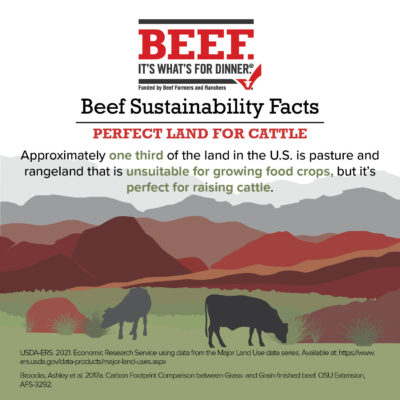 Ranchers are some of the first stewards of the land. Much of the new regenerative practices are practices that older ranchers have been using for generations. “The tried-and-true methods that our ancestors did for agriculture are all about having a well-balanced operation. It seems simple, but that goes a long way towards being profitable or not. The longer cows are on the fields, the more costly they are. More equipment takes away from your profit,” says Lyman.
Ranchers are some of the first stewards of the land. Much of the new regenerative practices are practices that older ranchers have been using for generations. “The tried-and-true methods that our ancestors did for agriculture are all about having a well-balanced operation. It seems simple, but that goes a long way towards being profitable or not. The longer cows are on the fields, the more costly they are. More equipment takes away from your profit,” says Lyman.
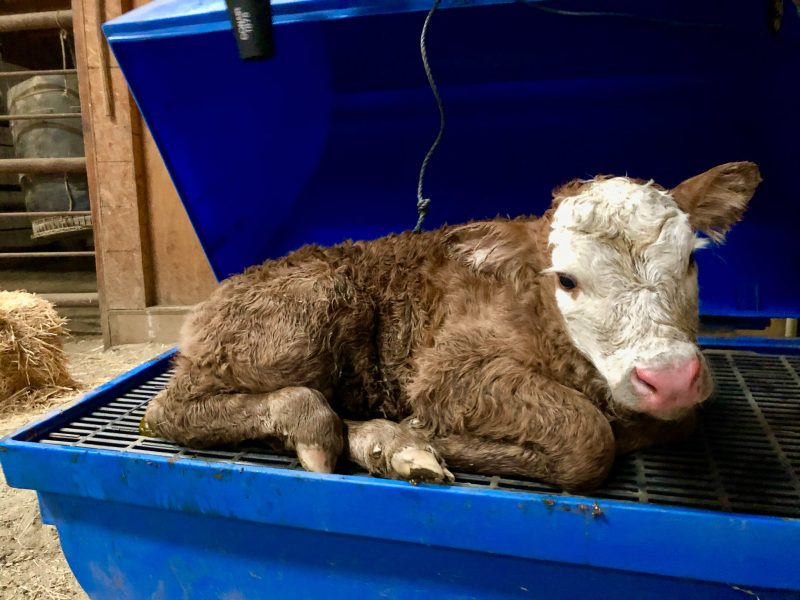


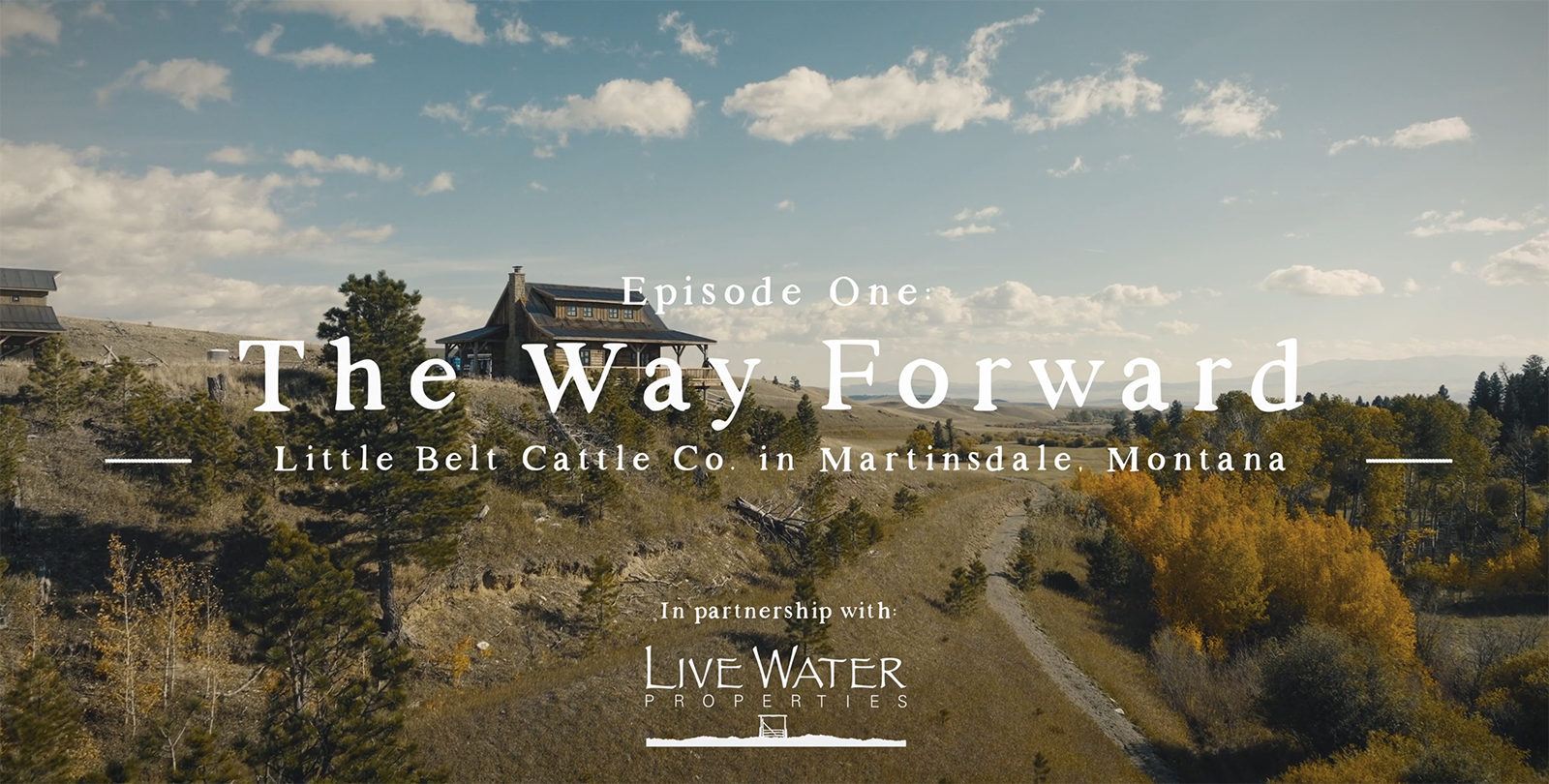
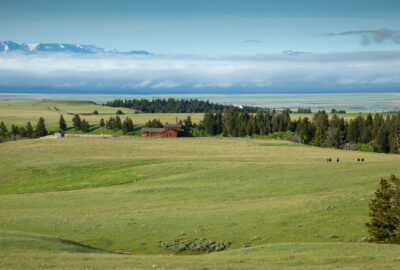
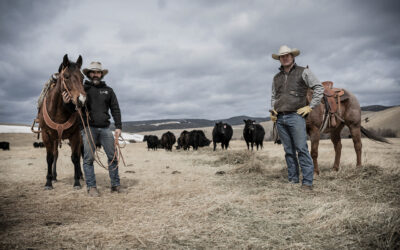
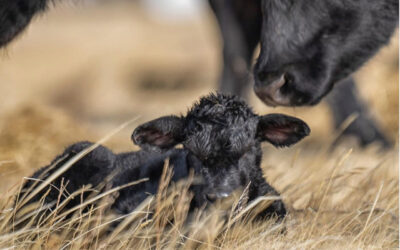 Each person on the team, from buyers to brokers could focus on where they could “plug in” to assist the transaction. Overall, this participatory and collective approach, Craig states, “turned a complicated deal into a real joy.” This is only the beginning; there is more to follow as this summer’s livestock production comes to market. Stay tuned, as the pandemic’s interruption stands no match for the Brokers Janssen-McInerney and Buyers Sheehy-Putnam team
Each person on the team, from buyers to brokers could focus on where they could “plug in” to assist the transaction. Overall, this participatory and collective approach, Craig states, “turned a complicated deal into a real joy.” This is only the beginning; there is more to follow as this summer’s livestock production comes to market. Stay tuned, as the pandemic’s interruption stands no match for the Brokers Janssen-McInerney and Buyers Sheehy-Putnam team

